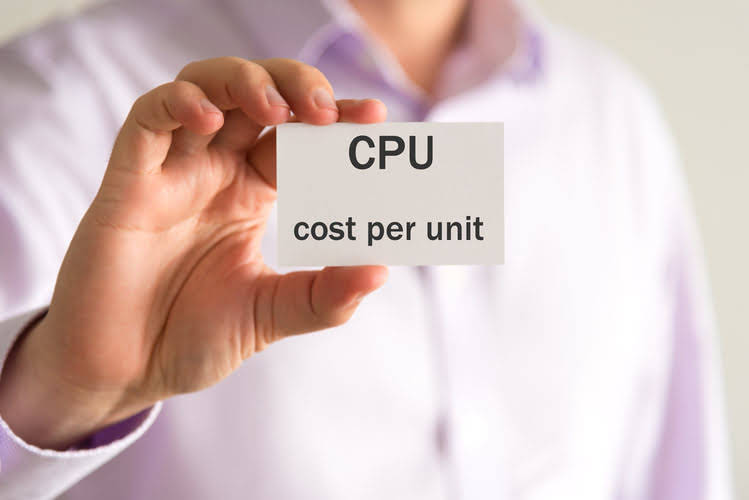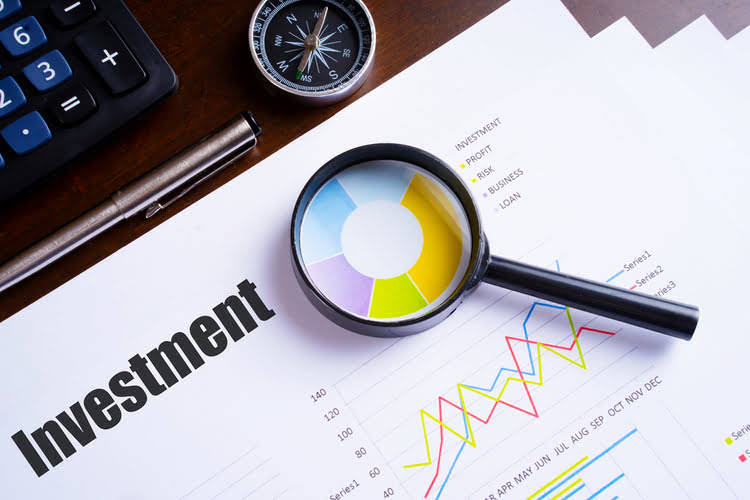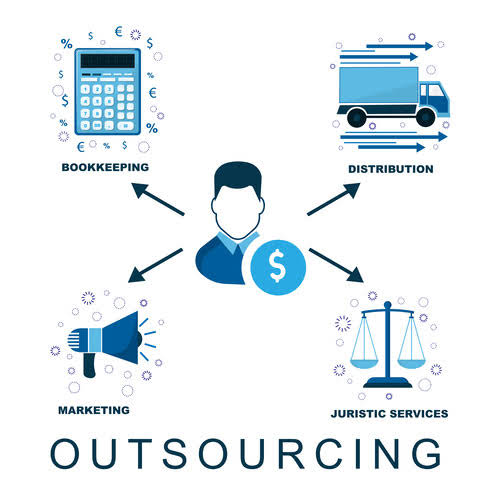For example, mining businesses have the up-front expense of highly specialized equipment. Airlines have the expense of purchasing and maintaining their fleet of airplanes. Once they have covered loans and grants their fixed costs, they have the ability to increase their operating income considerably with higher sales output. On the other hand, low sales will not allow them to cover their fixed costs.
How Does Operating Leverage Impact Break-Even Analysis?
But since the fixed costs are $100mm regardless of the number of units sold, the difference in operating margin among the cases is substantial. If a company has low operating leverage (i.e., greater variable costs), each additional dollar of revenue can potentially generate less profit as costs increase in proportion to the increased revenue. By breaking down the equation, you can see that DOL is expressed by the relationship between quantity, price and variable cost per unit to fixed costs. If operating income is sensitive to changes in the pricing structure and sales, the firm is expected to generate a high DOL and vice versa. The degree of combined leverage measures the cumulative effect of operating leverage and financial leverage on the earnings per share. We can use the previous formula since the operating leverage ratio is related to the cost structure.
How to Calculate Earnings Per Share? (Definition, Using, Formula)
Degree of combined leverage measures a company’s sensitivity of net income to sales changes. Operating income is equal to sales minus variable costs and fixed costs. Financial leverage is a measure of how much a company has borrowed in relation to its equity. Operating leverage and financial leverage are two types of financial metrics that investors can use to analyze a company’s financial well-being. Financial leverage relates to the use of debt financing to fund a company’s operations. A company with a high financial leverage will need to have sufficiently high profits in order to pay off its debt obligations.
The Difference Between Degree of Operating Leverage and Degree of Combined Leverage
A high DOL reveals that the company’s fixed costs exceed its variable costs. It indicates that the company can boost its operating income by increasing its sales. In addition, the company must be able to maintain relatively high sales to cover all fixed costs. The degree of operating leverage (DOL) measures how much change in income we can expect as a response to a change in sales. In other words, the numerical value of this ratio shows how susceptible the company’s earnings before interest and taxes are to its sales. The financial leverage ratio divides the % change in sales by the % change in earnings per share (EPS).
It shows the degree to which the organization’s operating income will change with a change in revenues. For example, a company with an Operating Leverage of 0.5 would be classified as having a medium range of Operating Leverage. In simpler terms, Operating Leverage tells us how much a company’s costs are fixed, as opposed to variable.
Or, if revenue fell by 10%, then that would result in a 20.0% decrease in operating income. We put this example on purpose because it shows us the worst and most confusing scenario for the operating leverage ratio. Undoubtedly, the degree of financial leverage can guide investors in investment decisions.
But this comes out to only a $9mm increase in variable costs whereas revenue grew by $93mm ($200mm to $293mm) in the same time frame. Next, if the case toggle is set to “Upside”, we can see that revenue is growing 10% each year and from Year 1 to Year 5, and the company’s operating margin expands from 40.0% to 55.8%. Just like the 1st example we had for a company with high DOL, we can see the benefits of DOL from the margin expansion of 15.8% throughout the forecast period. In the final section, we’ll go through an example projection of a company with a high fixed cost structure and calculate the DOL using the 1st formula from earlier.
While the formula mentioned above is the simplest way to calculate Operating Leverage, there are other methods as well. We’ve outlined some of these methods below, along with their advantages, disadvantages, and accuracy levels. Here, we’ll help you understand how Operating Leverage works and how to calculate it. We’ll also provide you with examples, limitations, and alternative methods of measuring Operating Leverage, so you can make informed business decisions. Therefore, high operating leverage is not inherently good or bad for companies. The operating margin in the base case is 50% as calculated earlier and the benefits of high DOL can be seen in the upside case.
It was noted that the firm lost operational profit due to the employees having to work harder to achieve the sales quantity as they increased only the fixed operating costs and not the sales volume. The higher the degree of operating leverage (DOL), the more sensitive a company’s earnings before interest and taxes (EBIT) are to changes in sales, assuming all other variables remain constant. The DOL ratio helps analysts determine what the impact of any change in sales will be on the company’s earnings. The Degree of Operating Leverage Calculator is a valuable tool for financial analysts, investors, and business owners.
Penny Pincher has the lowest Operating Leverage because it has low fixed costs and high variable costs. Big Spender, on the other hand, has the highest Operating Leverage because it has high fixed costs and low variable costs. Average Joe has a medium range of Operating Leverage as it has balanced fixed and variable costs. In our example, we are going to assess a company with a high DOL under three different scenarios of units sold (the sales volume metric). In practice, the formula most often used to calculate operating leverage tends to be dividing the change in operating income by the change in revenue. Once obtained, the way to interpret it is by finding out how many times EBIT will be higher or lower as sales will increase or decrease respectively.
The owners of Drain Brothers Plumbing want to know how well their business is doing. They know that there are a number of different ways to measure the health of a business. One of the more common methods is to calculate the degree of operating leverage. The degree of operating leverage measures the volatility level of a company’s operating income. Now, in order to understand that definition, you’ll need to understand the terms contained in the definition. Generally, a low DOL indicates that the company’s variable costs are larger than its fixed costs.
As a result, the overall earnings from stock and debt investors rise, increasing the future wealth of the shareholders. It is obvious that if a company employs debt and equity, its DOL or EBIT will progressively rise. However, the investors’ overall earnings stay the same in this instance. Prior to accepting a position as the Director of Operations Strategy at DJO Global, Manu was a management consultant with McKinsey & Company in Houston.
In other words, operating leverage is the measure of fixed costs and their impact on the EBIT of the firm. If you’re looking to calculate the degree of operating leverage quickly and without carrying out lots of manual calculations, simply use our degree of operating leverage calculator. More importantly, it can help companies assess their cost structure and current business models. Therefore, the company can make changes to increase operating profits accordingly.
- From Year 1 to Year 5, the operating margin of our example company fell from 40.0% to a mere 13.8%, which is attributable to fixed costs of $100mm each year.
- However, the company must also maintain reasonably high revenues to cover all fixed costs.
- How much a company’s operating income alters in reaction to a change in sales is measured by the level of operating Leverage.
- Once they have covered their fixed costs, they have the ability to increase their operating income considerably with higher sales output.
A company’s fixed costs ratio relative to its overall costs is known as DOL. It assesses a company’s breakeven point, at which sales are sufficient to cover all costs and yield no profit. Since financial and operating leverages are crucial for controlling a company’s capacity to control fixed expenses, adding them together results https://www.bookkeeping-reviews.com/ in the organization’s total Leverage. Therefore, based on financial and operational Leverage, this value may be either positive or negative. Due to the high percentage of fixed expenditures in an organization with high operating Leverage, a significant increase in sales may result in outsized changes in profitability.
A higher degree of operating leverage equals greater risk to a company’s earnings. What is considered a good operating leverage depends highly on the industry. A higher operating leverage means the company has higher fixed costs, and a lower operating leverage means the company has higher variable costs. After its breakeven point, a company with higher operating leverage will have a larger increase to its operating income per dollar of sale. Typically, a high DOL means that the company has a larger portion of fixed costs in comparison with variable costs.
Actually, it can mean that the business is deteriorating or going through a bad economic cycle like the one from the 2nd quarter of 2020. This section will use the financial data from a real company and put it into our degree of operating leverage calculator. If you try different combinations of EBIT values and sales on our smart degree of operating leverage calculator, you will find out that several messages are displayed. At the end of the day, operating leverage can tell managers, investors, creditors, and analysts how risky a company may be. Although a high DOL can be beneficial to the firm, often, firms with high DOL can be vulnerable to business cyclicality and changing macroeconomic conditions. DCL is a more comprehensive measure of a company’s risk because it takes into account both sales and financial leverage.
One concept positively linked to operating leverage is capacity utilization, which is how much the company uses its resources to generate revenues. Increasing utilization infers increased production and sales; thus, variable costs should rise. If fixed costs remain the same, a firm will have high operating leverage while operating at a higher capacity.
Common examples of industries recognized for their high and low degree of operating leverage (DOL) are described in the chart below. When a company’s revenue increases, having a high degree of leverage tends to be beneficial to its profit margins and FCFs. As an example, if operating income grew from 10k to 15k (50% increase) and revenue grew from 20k to 25k (25% increase), the DOL would be 2.0x.









